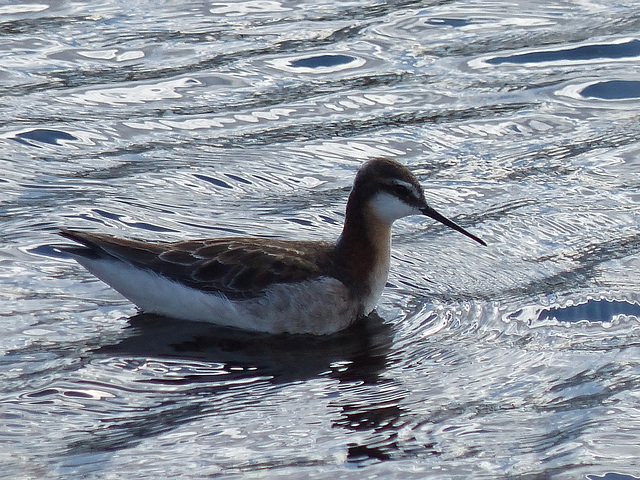Time for coffee
Two-coloured Tulip
Keeping watch over her babies
Coscinodon calyptratus moss
Matching outfits
Non-viable
Mother of six
Glorious rays
Cradled
Eye contact with a Mink
Avian elegance
A different view
Stinkhorn fungi
Close encounter of the good kind
Frank Lake blind
A sense of mystery on a gloomy, rainy day
Taken from a canoe
Strawberries & cream fungus
The beauty of Alberta
First taste of freedom
Beauty in white
On the supper menu
At home in the nesting box
This little light of mine
Clasping-leaved Twisted-stalk / Streptopus amplexi…
Phantom of the North
Mushroom mosaic
Cardinal's Guard / Pachystachys coccinea
A flopped bundle of feathers
The foot of a Coot
I'm not getting MY feet wet!
Smooth Blue Beardtongue
Sheep and cattle along the seafront, Doha, Qatar
Staying close to Mom
At the river's edge
Eyes that are deep, dark pools
Little hanging hearts
Ride of a lifetime
Purple iridescence
A hillside display of Balsamroot
Glorious Hepatica
Wood Frog
Glowing from within
One of yesterday's highlights
Young Moose
See also...
Keywords
Authorizations, license
-
Visible by: Everyone -
All rights reserved
-
186 visits
Wilson's Phalarope


I couldn't decide last night if this was a male, female, juvenile - I think perhaps a female? Taken at a slough (pond) SW of Calgary on 14 May 2013. I find them a challenge to photograph because of their habit of swimming in small rapid circles (see info below)! Sometimes, it is placed in a monotypic genus Steganopus rather than Phalaropus.
"The Wilson's Phalarope (Phalaropus tricolor) is a small wader. This bird, the largest of the phalaropes, breeds in the prairies of North America in western Canada and the western United States. It is migratory, wintering around the central Andes in South America.
It is a unique, dainty shorebird with lobed toes and a straight fine black bill. The breeding female is predominantly gray and brown above, with white underparts, a reddish neck and reddish flank patches. The breeding male is a duller version of the female, with a brown back, and the reddish patches reduced or absent.
When feeding, a Wilson's Phalarope will often swim in a small, rapid circle, forming a small whirlpool. This behaviour is thought to aid feeding by raising food from the bottom of shallow water. The bird will reach into the outskirts of the vortex with its bill, plucking small insects or crustaceans caught up therein.
The typical avian sex roles are reversed in the three phalarope species. Females are larger and more brightly coloured than males. The females pursue males, compete for nesting territory, and will aggressively defend their nests and chosen mates. Once the females lay their eggs, they begin their southward migration, leaving the males to incubate the eggs. Three to four eggs are laid in a ground nest near water. The young feed themselves." From Wikipedia.
en.wikipedia.org/wiki/Wilson's_Phalarope
-------------------------------------------------------------------------------------------------------------------------------------------------------------------------------------------------
"The Wilson's Phalarope (Phalaropus tricolor) is a small wader. This bird, the largest of the phalaropes, breeds in the prairies of North America in western Canada and the western United States. It is migratory, wintering around the central Andes in South America.
It is a unique, dainty shorebird with lobed toes and a straight fine black bill. The breeding female is predominantly gray and brown above, with white underparts, a reddish neck and reddish flank patches. The breeding male is a duller version of the female, with a brown back, and the reddish patches reduced or absent.
When feeding, a Wilson's Phalarope will often swim in a small, rapid circle, forming a small whirlpool. This behaviour is thought to aid feeding by raising food from the bottom of shallow water. The bird will reach into the outskirts of the vortex with its bill, plucking small insects or crustaceans caught up therein.
The typical avian sex roles are reversed in the three phalarope species. Females are larger and more brightly coloured than males. The females pursue males, compete for nesting territory, and will aggressively defend their nests and chosen mates. Once the females lay their eggs, they begin their southward migration, leaving the males to incubate the eggs. Three to four eggs are laid in a ground nest near water. The young feed themselves." From Wikipedia.
en.wikipedia.org/wiki/Wilson's_Phalarope
-------------------------------------------------------------------------------------------------------------------------------------------------------------------------------------------------
- Keyboard shortcuts:
Jump to top
RSS feed- Latest comments - Subscribe to the comment feeds of this photo
- ipernity © 2007-2024
- Help & Contact
|
Club news
|
About ipernity
|
History |
ipernity Club & Prices |
Guide of good conduct
Donate | Group guidelines | Privacy policy | Terms of use | Statutes | In memoria -
Facebook
Twitter

Sign-in to write a comment.